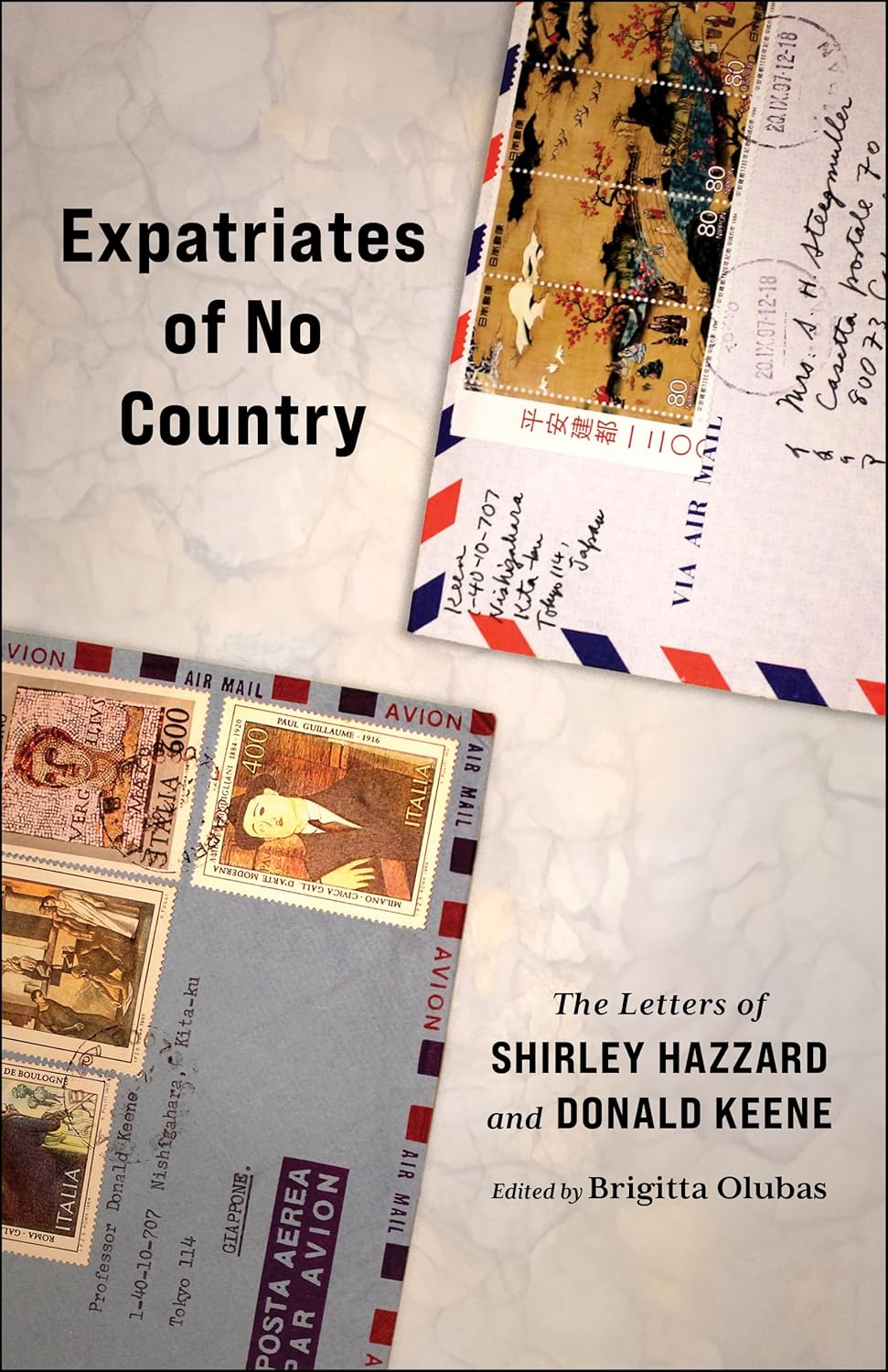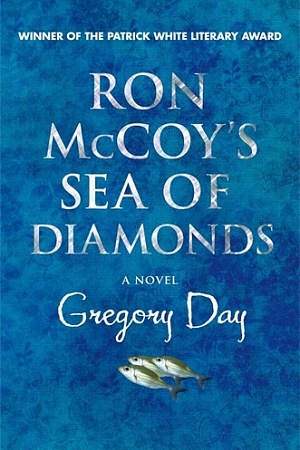The Hypermarket
LCG Media, US$10.95 pb, 217 pp
The Hypermarket by Gabriel García Ochoa
The Hypermarket, an enigmatic and deeply uncanny novel, explores ‘mistranslation’ against the backdrop of Nietzsche’s philosophy of Eternal Return. Gabriel García Ochoa’s début novel transforms the Houghton Library at Harvard University into a Borgesian space. As the narrator is undertaking his research, he comes across an excerpt from a letter copied into an old diary. It details the lives of people living in a supernatural Hypermarket, ‘where the linoleum floor gives way to moss and a young, tender turf’. In a highly significant moment, the narrator rips out the pages and stores them in volume six of The Arabian Nights.
García Ochoa’s The Hypermarket revels in its matryoshka structure of stories inside stories, demonstrating that ‘stories are infinite ... they contain everything and nothing’. In this way, the book is both fragmentary and cohesive, simultaneously a series of short stories and a novel.
The use of self-reflexive moments and repetition expertly problematises the relationship between fiction and reality, while obsessive questioning of the narrators’ reliability foregrounds an appeal to the plurality of truth. These fascinating narrators are wonderfully eccentric and include Gasparian Nebula, who lives only in the present; Eddie W, a three-quarters bull; and an unnamed narrator who relates the stories of characters such as painter, Jacob Cornelisz van Oostsanen; Ganeshiya, an elephant; and Dr Edith Crossman, ‘Head of Khrono-Translation, Specialisation: Future into Present’.
The most memorable narrative is a brilliant reworking of the ‘Apollo and Daphne’ myth. As the bull charges, Laurel transforms into a tree, her Nikes ‘burst[ing] open like ripe pomegranates’ and ‘roots burrow[ing] into the ground out of toes and fingers’. Less effective is ‘Da Train’, with its awkward use of language: ‘U only get 1 chance 2 c ur loved 1s again.’ Also, the use of double spacing throughout the book is uninviting. It reads more like a thesis or draft rather than a published novel. It also makes the book appear double its length.
The Hypermarket explores the story of circular time and its relationship to ‘Meaning, as ... an elusive bird that not only nests in words but is made from them too.’ In its best moments, García Ochoa’s use of magical realism is part-Murakami, part-García Márquez.















Leave a comment
If you are an ABR subscriber, you will need to sign in to post a comment.
If you have forgotten your sign in details, or if you receive an error message when trying to submit your comment, please email your comment (and the name of the article to which it relates) to ABR Comments. We will review your comment and, subject to approval, we will post it under your name.
Please note that all comments must be approved by ABR and comply with our Terms & Conditions.